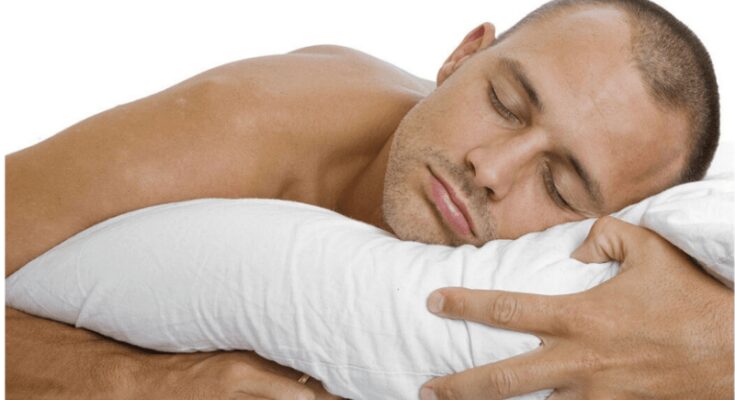Sleeping on your transplanted hair can be a daunting experience for many. This is why it is important to know the safety and care tips that come with it. In this article, we will cover everything you need to know about sleeping on your transplanted hair, from the type of pillow you should use to the techniques that will help keep your hair safe. We will also discuss the potential risks associated with sleeping on your transplanted hair and how to minimize them. By following these tips, you can rest assured that your new hair is safe and secure while you sleep.
What is Hair Transplant & What Are the Benefits?
Hair transplant is a procedure that involves the transfer of hair follicles from one area of the scalp to another. It is a type of hair restoration procedure that can be used to treat baldness or thinning hair. The procedure is usually done by taking small pieces of scalp from the back and sides of the head and grafting them onto the bald or thinning areas. This process is known as follicular unit extraction (FUE) and it helps to restore natural-looking hair growth in those areas. Hair transplant has become a popular choice for many people who are looking for a more permanent solution to their hair loss issues. It offers numerous benefits, including improved self-confidence, improved appearance, and it can also help reduce stress associated with baldness or thinning hair.
The Do’s and Don’ts of Sleeping on Transplanted Hair
Sleeping on transplanted hair is an important part of the post-care process. It is essential to ensure that you are following the correct steps in order to maintain your newly transplanted hair and keep it healthy. Understanding the best practices for hair care, especially when it comes to sleeping on transplanted hair, is essential for anyone looking to ensure their new hair stays healthy. Following the do’s and don’ts of sleeping on transplanted hair will not only help you get a better night’s rest but also help you understand what steps should be taken in order to maintain proper hairsleep hygiene. It is important to remember that sleep habits can have a significant impact on the health of your transplanted hair so understanding how best to sleep with it is key.
Transplanting hair can be a long and complicated process. After the procedure, it is important to take good care of the transplanted hair in order to ensure successful results. Post-care for transplanted hair includes regular shampooing, avoiding certain products and activities, and taking medications as prescribed by your doctor. With proper post-care, you can help ensure that your transplanted hair looks its best and lasts for years to come.
How to Care for Transplanted Hair during Sleep to Maintain Results
Taking proper care of your transplanted hair is an essential step to ensure that you maintain the results of your hair transplantation procedure. A good sleep routine is key to keeping your newly transplanted hair healthy and looking its best. This involves getting a full 8 hours of undisturbed sleep every night, avoiding or limiting the use of heat styling tools, using gentle products on the scalp and hair, and avoiding excessive scrubbing when washing the hair. Additionally, you should also make sure to follow any instructions given by your doctor for maintaining optimal scalp health.
What are the Best Pillow Types and Positions When Sleeping with Transplanted Hair?
When it comes to sleeping with transplanted hair, choosing the right pillow type and sleeping position is essential for maintaining the health of your scalp and hair. Different pillow types provide different levels of comfort and support, so it’s important to find one that is suitable for your needs. Additionally, different sleeping positions can affect how well your transplanted hair grows and how comfortable you are while you sleep.
How to Choose the Right Pillowcase & Sleepwear for Transplants
Choosing the right pillowcase and sleepwear is essential when you’ve had a hair transplant. It’s important to select materials that won’t cause any irritation or damage to your newly transplanted hair. The best pillowcase for a hair transplant should be made of soft, breathable fabric such as cotton or silk. It should also be hypoallergenic and free of dyes, fragrances, and other chemicals that can irritate your scalp. Additionally, it should be able to absorb moisture away from the scalp so that your transplanted hair stays healthy and strong. When selecting sleepwear, it’s important to choose something that is loose-fitting and comfortable so as not to put too much pressure on the newly transplanted area of your head.
A professional clinic of hair transplant in Lahore like Hair Club guides their clients about all the post-surgery precautions. It is better to consult with a highly experienced clinic to be on the safe side.



